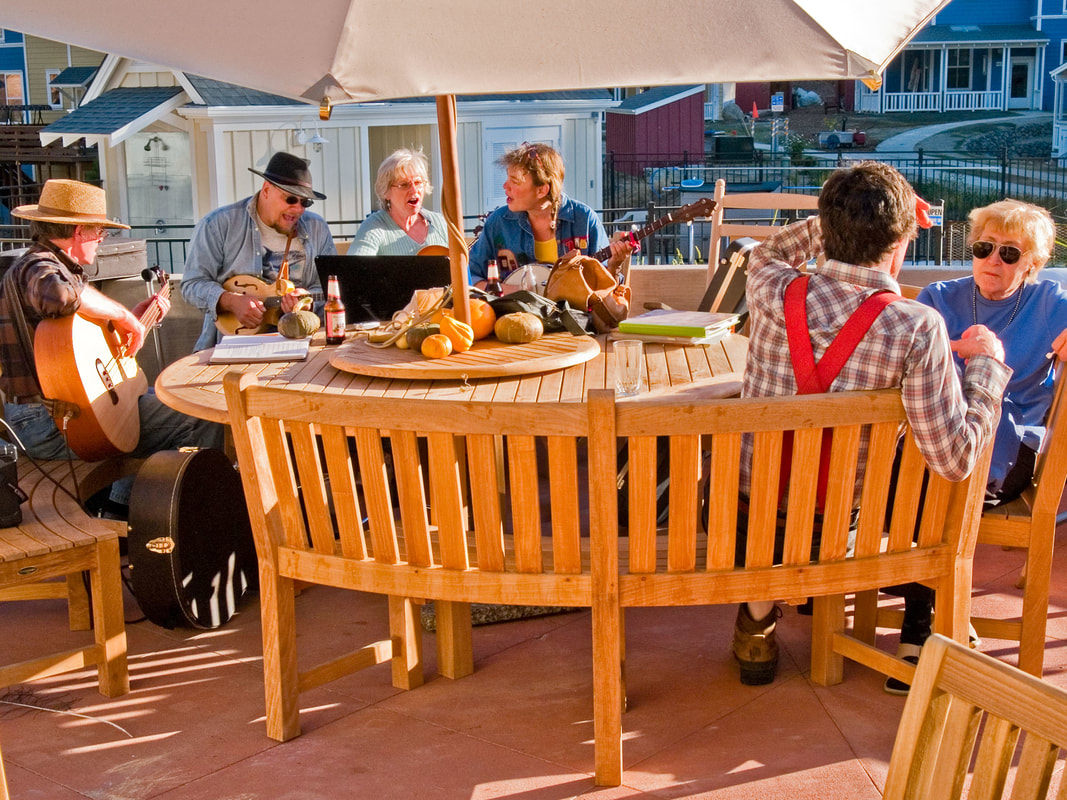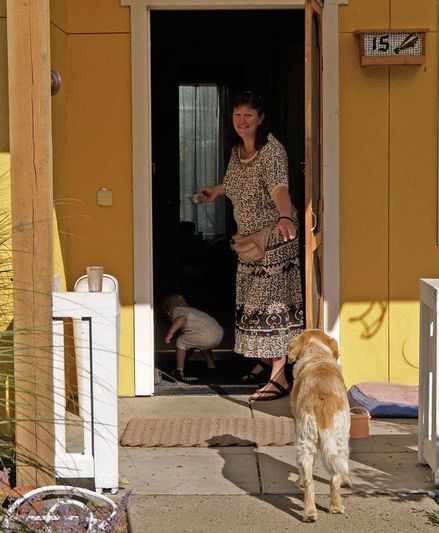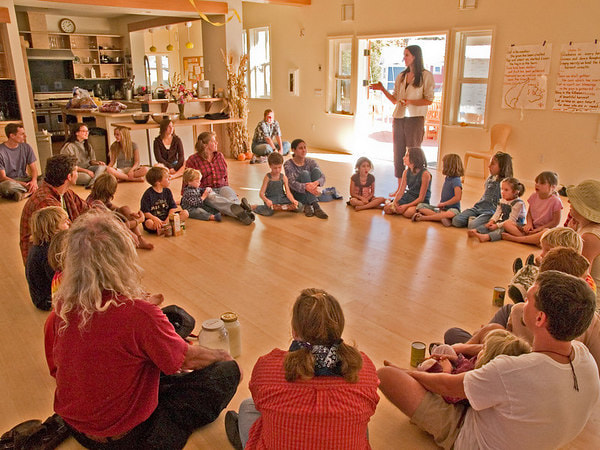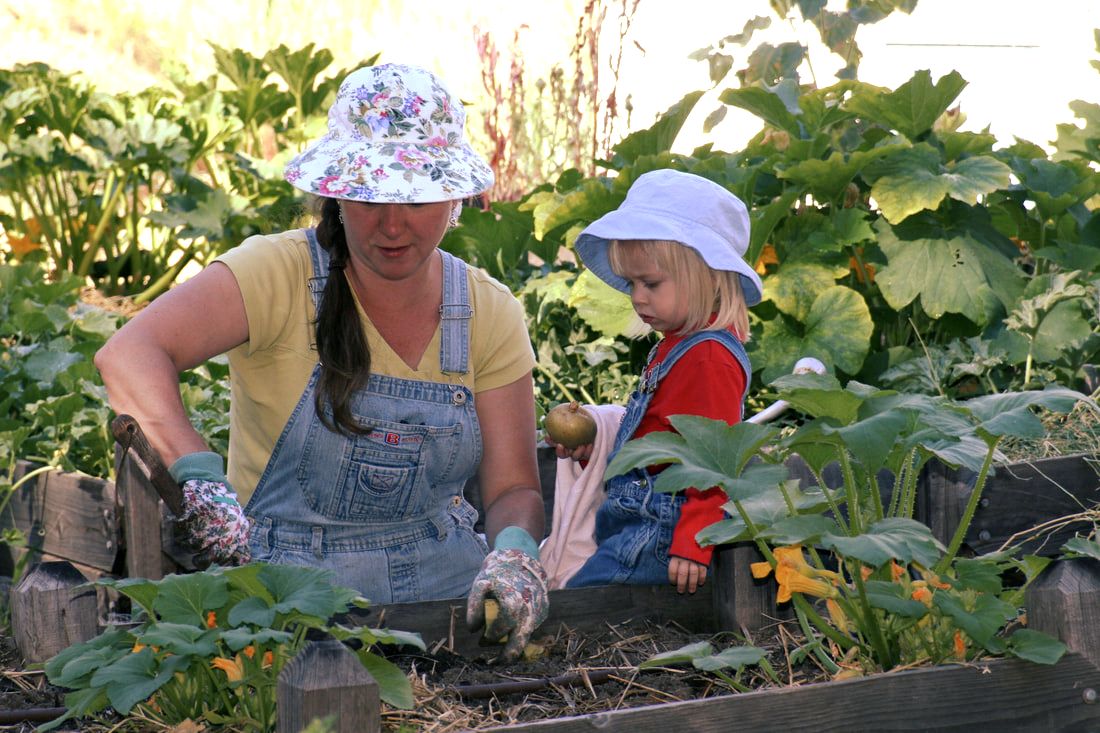Why are we choosing to co-create and live in a cohousing community?
Cohousing gives residents a unique blend of community and privacy. Households have independent incomes and private lives, but neighbors collaboratively plan and manage community activities and shared spaces.
Self-management empowers residents, builds community, and saves money. Cohousing provides support to families raising kids (built-in childcare and affordable community meals) and gives older adults a supportive community setting (allowing for active aging).
Self-management empowers residents, builds community, and saves money. Cohousing provides support to families raising kids (built-in childcare and affordable community meals) and gives older adults a supportive community setting (allowing for active aging).



